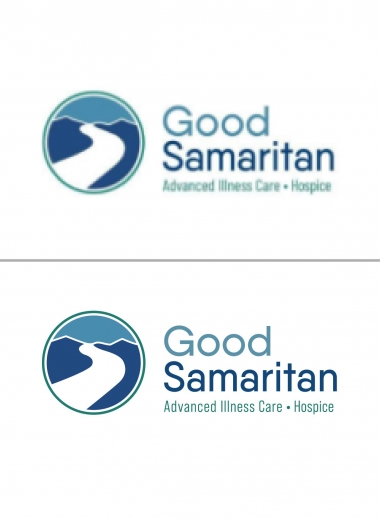Benefits of Image Vectorization in Advertising and Marketing
High-Quality Images:
One of the most significant benefits of image vectorization in advertising and marketing is the ability to create high-quality images that maintain their clarity and detail regardless of the size. This is particularly important in digital advertising, where images need to be scalable to fit various screen sizes and resolutions. High-quality images are essential for capturing and retaining consumer attention and can help brands stand out in a crowded market.

Consistency:
Consistency is key in advertising and marketing, as it helps to establish brand identity and recognition. Image vectorization allows designers to create consistent images across various platforms and mediums, ensuring that the brand message is conveyed effectively. Vector images can be easily modified and adapted to fit different advertising formats, such as print, digital, and social media.
Flexibility:
Image vectorization allows designers to create flexible images that can be easily adapted to fit different advertising campaigns and initiatives. Pictures in vectorized format can be easily modified and edited to fit different color schemes, typography, and messaging, making them ideal for use in A/B testing and other marketing experiments. Additionally, vector images can be animated, adding a new dimension to advertising campaigns and increasing engagement.
Time and Cost Efficiency:
Image vectorization can save designers and marketers time and money by reducing the amount of time and resources needed to create high-quality images. Vector images can be easily scaled and modified, reducing the need to create new images from scratch for each advertising campaign. Additionally, because vector images are smaller in file size than raster images, they take up less storage space and can be easily shared and transferred between team members and clients.
Applications of Image Vectorization in Advertising and Marketing
Logo Design:
Logos are an essential component of brand identity and recognition, and image vectorization is critical in creating high-quality logos that maintain their clarity and detail regardless of the size. Vectorized logos can be easily scaled and modified to fit various applications, such as website headers, business cards, and promotional materials.
Advertising Campaigns:
Image vectorization is essential in creating high-quality visual content for advertising campaigns, such as banner ads, social media ads, and email marketing campaigns. Vector images can be easily modified and adapted to fit different advertising formats and campaigns, ensuring consistency and flexibility.
Infographics:
Infographics are a popular tool for presenting complex information in a visually appealing and easy-to-understand format. Image vectorization is essential in creating high-quality infographics that maintain their clarity and detail regardless of the size. Vector images can be easily modified and adapted to fit different color schemes, typography, and messaging.
Packaging Design:
Packaging design is an essential component of product marketing, and image vectorization is critical in creating high-quality packaging designs that maintain their clarity and detail regardless of the size. Vector images can be easily modified and adapted to fit different packaging sizes and shapes, ensuring consistency and flexibility.
Website Design:
Website design is another critical component of digital marketing, and image vectorization is essential in creating high-quality visuals for websites. Vector images can be easily scaled and modified to fit various website components, such as headers, sliders, and icons. Additionally, because vector images are smaller in file size than raster images, they can help improve website load times and user experience.
Conclusion
Image vectorization is transforming the way visual content is created in advertising and marketing, offering designers and marketers a range of benefits and applications. The ability to create high-quality images that maintain their clarity and detail regardless of the size is essential in capturing and retaining consumer attention in a crowded market. Additionally, the consistency, flexibility, and time and cost efficiency offered by image vectorization make it an invaluable tool for creating visual content for various advertising and marketing initiatives. As technology continues to evolve, image vectorization will continue to play an essential role in the future of advertising and marketing.



